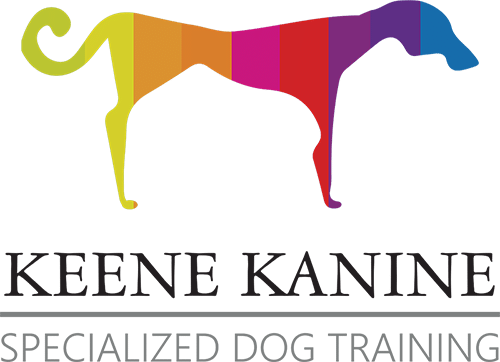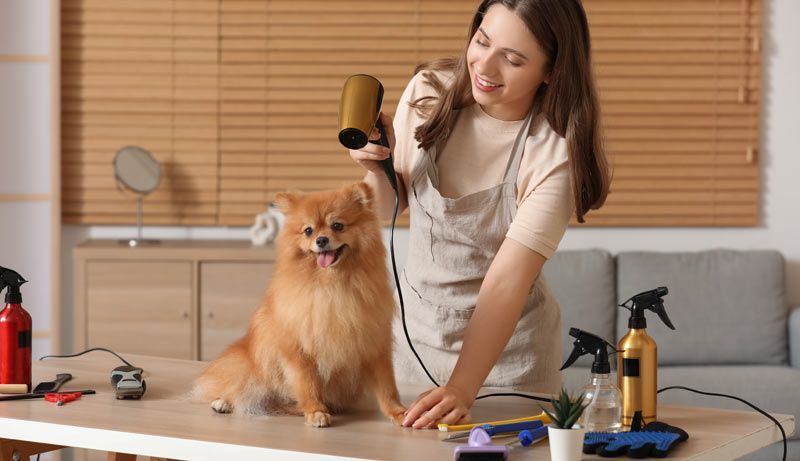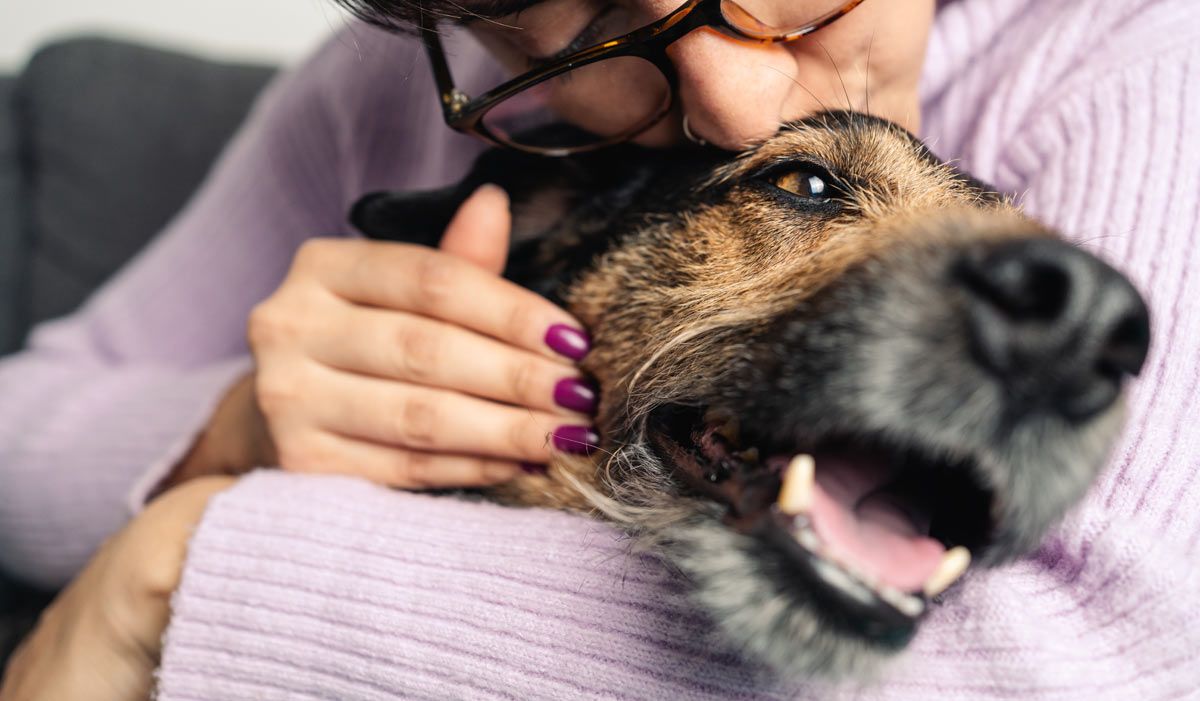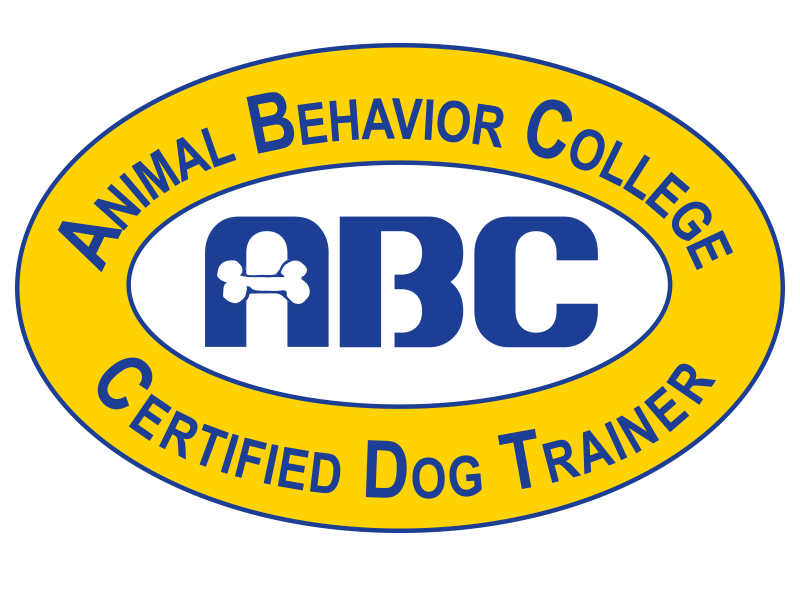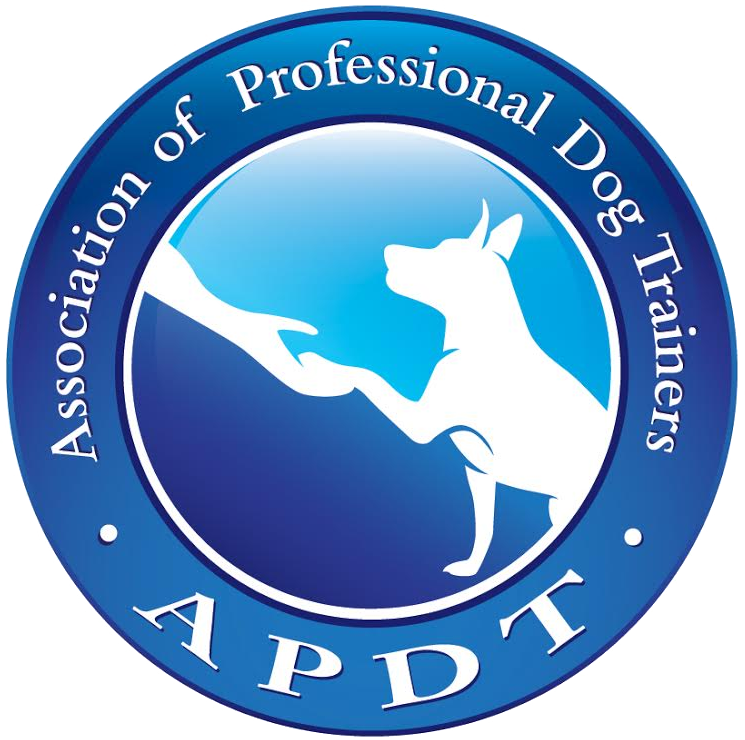Top 5 Dog Training Tips for New Dog Owners
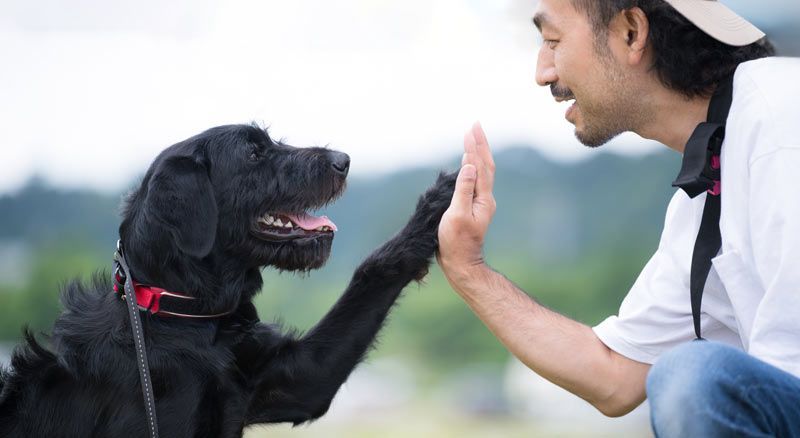
Dog Training Tips by Top Dog Trainer Maureene Keene
Bringing a new dog into your home can be an exciting but also daunting experience, especially for first-time dog owners. Training your new companion is one of the most vital aspects of ensuring a successful and harmonious relationship. Proper training not only helps to establish good behavior in your dog but also strengthens the bond between you and your furry friend. Here are five practical training tips that every new dog owner should consider to help establish good habits and create a well-behaved pet.
Understanding the Importance of Consistency
The foundation of practical dog training lies in consistency. Dogs thrive on routine and clear expectations. From day one, it's essential to establish a set of rules and routines that your dog can follow. This consistency should be maintained in both verbal commands and actions. For example, if you decide that your dog is not allowed on the furniture, everyone in the household must adhere to that rule. If one person allows the dog on the couch while another does not, it creates confusion for the dog and hinders the training process.
In addition to enforcing rules consistently, establishing a routine around feeding, dog walks, and training sessions can help your dog understand what to expect throughout the day. Dogs often find comfort in predictability, which can lower anxiety and make them more receptive to learning. By combining rules and routines, you create a stable environment in which your dog can thrive.
Positive Reinforcement: The Key to Motivation
One of the most effective training methods is positive reinforcement, which encourages desired behaviors through rewards. This technique leverages your dog's instincts to seek pleasure and avoid discomfort. When your dog performs a command correctly, reward them with a treat, praise, or playtime. The goal is for your dog to associate good behavior with positive outcomes, making them more likely to repeat those behaviors in the future.
It's crucial to deliver rewards immediately following the desired behavior so that your dog links the two actions together. For instance, if you are teaching your dog to sit, give them a treat just after they successfully sit on command. This immediate reinforcement helps solidify their understanding of what you expect from them. As your dog becomes more proficient in a command, you can gradually reduce the frequency of treats while continuing to provide praise as a form of encouragement.
Socialization: Expanding Horizons
Socialization is a critical component of training, especially for puppies, but it remains important for dogs of all ages. Exposing your dog to various environments, people, and other animals helps them develop confidence and reduces the likelihood of fearful or aggressive behaviors later in life. Start by introducing your dog to different settings—parks, pet-friendly stores, and even your neighborhood—while ensuring that these interactions are positive.
When socializing your dog, could you pay attention to their body language? Signs of stress, such as excessive panting, cowering, or attempting to hide, indicate that you should give your dog a little space or remove them from the situation. Gradually increase the complexity of social scenarios, starting with calm environments before progressing to busier locations. The goal is to help your dog feel comfortable and confident in various situations, leading to a well-adjusted adult.
Enrolling in a puppy or obedience class can significantly enrich the socialization process. These classes provide structured environments where your dog can interact with other dogs and people while learning basic commands. Not only will this help with socialization, but it will also give you the chance to meet other dog owners and share experiences.
Basic Commands: Building a Foundation
Establishing a strong foundation of basic commands is vital for any dog owner. Commands like "sit," "stay," "come," and "down" are essential for safety and communication. These fundamental skills create a channel through which you can communicate with your dog effectively.
Start training with simple commands and gradually work your way up to more complex ones. For instance, begin with "sit." Use a treat to guide your dog into a sitting position, rewarding them as soon as they comply. Once your dog can reliably sit on command, move on to "stay," which will require additional patience and practice. Always ensure that training sessions are short and engaging, typically no longer than 10-15 minutes, to keep your dog focused and motivated.
Regular practice of basic commands strengthens your dog's understanding and enhances their behavior in everyday situations. As your dog becomes more proficient, introduce these commands in various environments to reinforce their learning, which will help them respond better regardless of distractions.
Patience and Understanding: Key Ingredients
Above all, patience and understanding are crucial qualities in any dog training endeavor. Every dog learns at their own pace, and factors like age, breed, and past experiences can significantly influence their training journey. Some dogs may quickly grasp commands, while others may take weeks or even months to master the same skills.
As a new dog owner, it is essential to approach training with empathy and a positive mindset. Frustration can lead to negative interactions, making the learning process less effective and damaging your bond with your pet. If your dog is struggling with a command, take a step back and simplify the task. Instead of expecting them to perform a complex behavior, break it down into smaller, more manageable steps.
Additionally, be aware of your dog's emotional state during training. If they seem stressed or overwhelmed, it may be beneficial to take a break and try again later. Training should be a fun and rewarding experience for both of you. Celebrate small successes and ensure that your dog knows they're doing well.
Conclusion
Training a new dog can be both a rewarding and challenging experience. By focusing on consistency, utilizing positive reinforcement, emphasizing socialization, teaching basic commands, and exercising patience, you can set the stage for a successful relationship with your furry companion. These foundational skills not only create a well-behaved dog but also strengthen the bond between you and your pet. Training is more than just corrective action; it is an opportunity to connect, communicate, and build a lasting friendship. Embrace the journey of training, and you'll find that the hard work pays off in a loyal and well-mannered friend.

